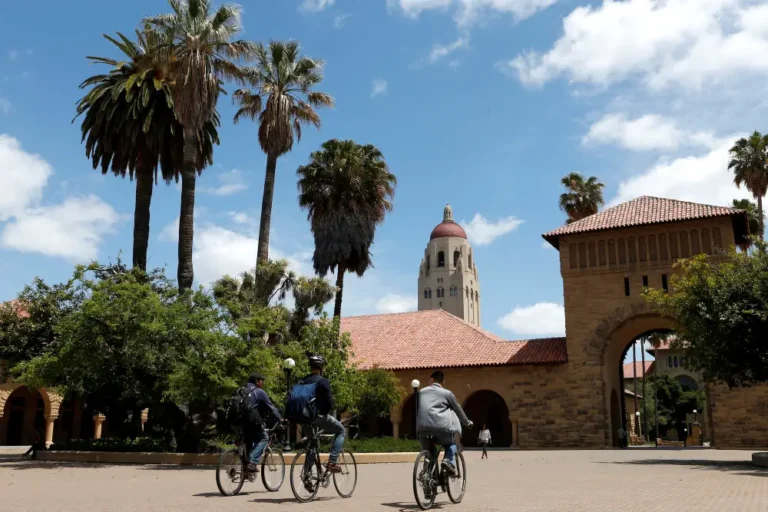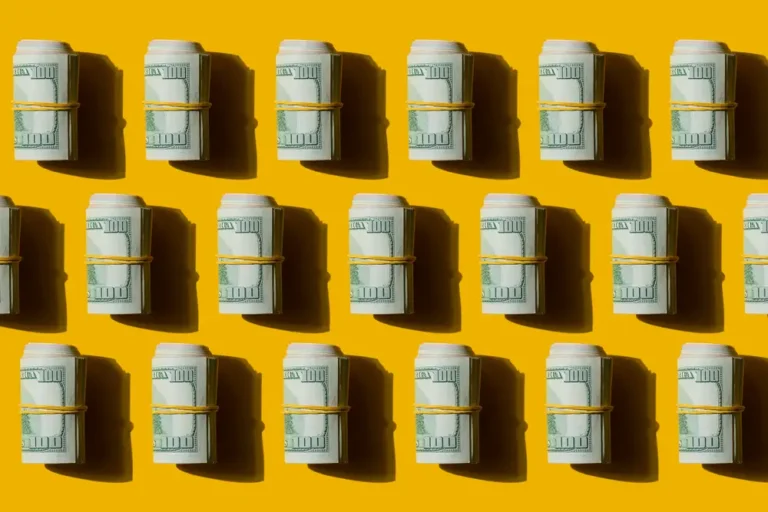An ex-mortgage underwriter who owns 129 rental units worth over $28 million shares 3 ways to buy property with little or no money down. — Plus 3 calculations he uses to find a cash-flowing property.

- Chris Gerbig didn’t have the cash for a down payment when he bought his first home.
- But after working at a couple of banks, he knew what to ask his mortgage broker for.
- He has used different financing options to build a single- and multi-family real-estate portfolio.
Chris Gerbig was desperate to avoid the corporate path, which entailed working in a cubicle every day in exchange for two weeks of vacation before retiring at 65.
Tori Gerbig, his wife, and he decided to try their hand at e-commerce after she sold clothes on eBay. In 2014, they launched Pink Lily, a brand that grew to the point where both of them were able to quit their day jobs that year.
From 2007 to 2008, Chris worked as a credit manager at Wells Fargo, selling mortgages, credit cards, and car loans. He also worked as a mortgage underwriter for Bank of America from 2009 to 2010. He became interested in real estate and hoped to amass a portfolio of properties that could generate cash flow from long-term and short-term rentals. He learned a lot about home buying from his experience, especially the dos and don’ts.
“We were selling subprime loans,” explained Chris. “As a result, I learned a lot about what not to do with your money.” I discovered how to maintain a good credit score. I discovered the consequences of failing to pay your bills on time. Many of the things I learned were more like ‘Hey, don’t do this’ signs. So it gave me this obsession with saving money, building credit, and making wise financial decisions, which really aided me.”
To date, he has acquired 28 single-family and multi-family homes worth more than $28 million at the time of purchase. Two of his properties are valued at $491,000 according to Zillow, with the remainder reflected in sales documents he provided to Insider. In addition, he owns a warehouse and two self-storage facilities.
His tips on building a portfolio with little or no money down
He noticed people buying things they couldn’t afford while working on the credit side of the banking industry.
Don’t try to overextend yourself, he advised. One of the most common problems is that people’s eyes are bigger than their bank accounts, and they attempt to take on too large of a house or rehab. Start small with something familiar and work your way up to larger purchases, he advises.
In 2010, he made his first home his primary residence. For $98,000, it was a basic 900-square-foot starter home in a small Kentucky town with three bedrooms and two bathrooms.
Chris didn’t have $20,000 in cash to put down on a conventional mortgage at the time. So he went to mortgage brokers, specifically asking for a Federal Housing Administration (FHA) loan. These are government-backed loans with lower down payments than conventional mortgages, and buyers must make the property their primary residence for a year.
An FHA loan requires a 3.5% down payment; according to the National Association of Realtors, a typical down payment last year was 6% for first-time buyers and 17% for repeat buyers. A lender can also be approved with a lower credit score of 580 rather than the 620 required by conventional mortgages. Finally, interest rates have dropped. The average 30-year fixed rate was 7.03% as of Friday, while the average 30-year FHA rate was 6.04%.
Other FHA loans include the Construction to Permanent Loan, which is designed for home builders, and the Graduated Mortgage Payment Program, which is a Section 245(a) mortgage in which monthly payments increase as the borrower’s income increases.
Another excellent option for those looking to buy property is seller financing. This is when the seller provides the loan, allowing the buyer to bypass the bank and instead pay the seller the monthly payment with interest. In seller financing, the buyer and seller agree on the amount of the down payment. He believes they can reach an agreement with no money down. He added that sometimes a seller wants to offload the property because they no longer want to manage it, and in exchange, they get a fixed monthly payment with interest.
Chris told Insider that he’s been on both sides of a seller financing deal and has been able to negotiate terms that work for both parties. But, as with any other loan, if you can’t make the payments, you’ll lose the property, he said. So, if you’re counting on the property’s cash flow to cover the monthly payments, make sure you do the math and understand the property’s income and expenses.
Finally, once you’ve completed a few real-estate transactions, he recommends approaching a private lender.
Private lenders can be family members or close friends. If you don’t know anyone who has that kind of money, there are small businesses that aren’t banks or credit unions that provide short-term loans. In this case, the lender will make the down payment in exchange for equity in the transaction or monthly payments over time.
However, because of the risk they take when lending the money, these loans frequently have higher interest rates. This method necessitates more experience because the lender considers the purchaser’s deal history as well as their ability to repay previous project loans. Chris added that if the buyer has no credit history, the loan can still be obtained, but the deal must be extremely appealing.
The appraisal, expenses such as utility bills, insurance quotes, property tax bills, and projected income must all be reviewed by the lender. They want to know that the transaction makes sense and that there will be enough cash flow to recoup their investment in a timely manner, he says.
Running the right numbers
Chris relies on a few key metrics to determine whether a property is a good buy. The first is the cap rate, which is the expected cash flow from a property in relation to the purchase price.
For example, if a home costs $100,000, he must generate an annual cash flow of at least $8,000, or 8%, which is higher than the average 30-year fixed mortgage rate of 6.92%.
He considers the cash-on-cash return, which compares the cash paid on the down payment to the annual income after the mortgage and all expenses have been paid, to determine the potential return on the cash invested out of pocket.
A 20% down payment on a $100,000 home, for example, is $20,000. If his return is $8,000, he must deduct $5,000 for mortgage payments. As a result, his cash-on-cash return is $3,000, representing a 15% return on his down payment. He wants to hit 12% or higher.
He also considers the expense ratio, which is the total property expenses divided by the rental revenue. He calculates this by dividing the total monthly operating costs (utilities, maintenance, property taxes, home insurance, and property management fees) by the total monthly income. If it is greater than 30%, he considers the expenses to be excessive.
For example, if a multi-family property has monthly expenses of $2,100 and monthly rental income of $6,000, the expense ratio is 35%.
Finally, he considers the property’s expected value at exit or when he sells it. He noted that determining that is purely speculative. However, he considers comparable sales in the same area as well as the growth rates in the area to determine the property’s value increase if he decides to sell in the future.






